
 By Natali Moss
By Natali Moss
According to a report by the Institute for the Study of War (ISW), the current advance of Russian forces in Pokrovsk is the result of a nearly two-year campaign to capture the city, reinforced by a five-month operation of so-called aerial combat interception. The main goal of these actions is to weaken Ukrainian defenses, destroy logistics routes and deprive Ukrainian units of the opportunity to use drones as a key element of combat control.
According to the Ukrainian military, the Russian army sends dozens of small assault groups each day to Pokrovsk, staffed by 2-3 servicemen. They are trying to penetrate into the area where Ukrainian drone operators are located and engage in close combat with them, effectively preventing the drones from being launched. This leads to the fact that Ukrainian units are often forced to spend resources on deterring such groups instead of conducting reconnaissance and strike drone operations.
Ukrainian military analyst Kostyantyn Mashovets explains that the Russian command has built a three-level model of infiltration. First, Ukrainian delivery and communication lines, positions of drone operators and their launch points are determined. After that, special forces units conduct surprise attacks to create gaps in the defense. At the final stage, numerous small assault groups are involved, which try to gain a foothold in the captured areas, even despite significant losses.
ISW notes that it took Russian forces 21 months to advance approximately 39 kilometers from Avdiivka to Pokrovsk. After unsuccessful attempts at a frontal breakthrough in the spring of 2024, the Russians changed tactics and began evasive maneuvers in the fall. However, it was the Ukrainian drone network that held back progress in this direction until mid-2025. The situation changed in the summer of 2025, when Russia began to more effectively intercept Ukrainian drones and strike along rear routes.
Units of the Center for Advanced Unmanned Technologies "Rubikon" were deployed in the Pokrovsky area, the goal of which was to destroy Ukrainian drone operators and identify Ukrainian logistics routes. Also, Russian troops began to widely use FPV drones with increased range and thermobaric ammunition. However, ISW emphasizes that it is difficult to repeat similar tactics in other areas of the front.
The urban development of Pokrovska gave the Russian groups additional opportunities for shelter, and the capture of the city required significant human and material resources. In the direction of Kupyansk, Russian forces were unable to achieve a similar effect due to the open landscape and lower concentration of resources. As of early November, Russian troops continue to advance in the northern and northwestern districts of Pokrovsk, holding separate positions and trying to expand control.
At the same time, according to the President of Ukraine Volodymyr Zelenskyi, the defense of the city continues, and the Pokrovsky direction accounts for about a third of all battles on the front.
The Main Directorate of Intelligence of Ukraine reports that Ukrainian units continue countermeasures, in particular, they carried out an amphibious landing west of Pokrovsk and attacked the headquarters of the "Rubikon" center in Avdiivka, which led to the destruction of its operators and command staff. In addition, Ukrainian forces are conducting operations in the Dobropil region, trying to ease pressure on Pokrovsk and disrupt the logistics of Russian troops.
We will remind that, according to BILD analyst Julian Röpke, Russia continues to try to capture Pokrovsk because of its tactical and symbolic significance. In particular, the enemy plans to use local infrastructure for shelter, housing drone operators and storage of logistical resources.


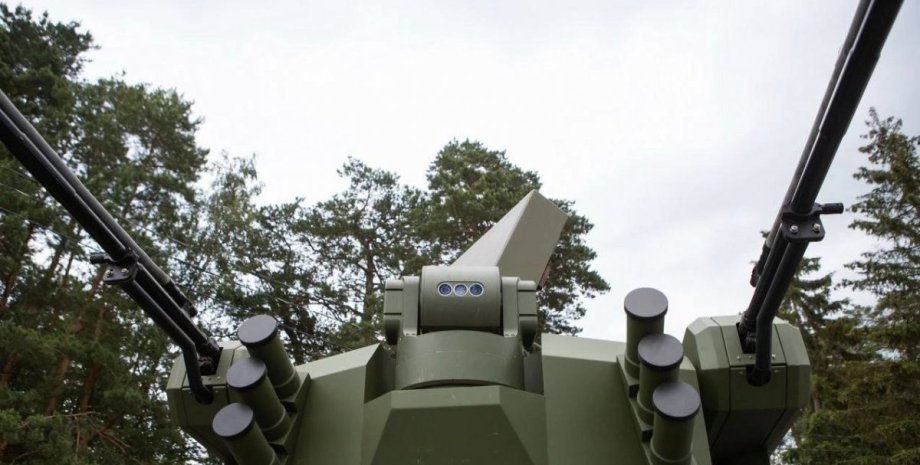
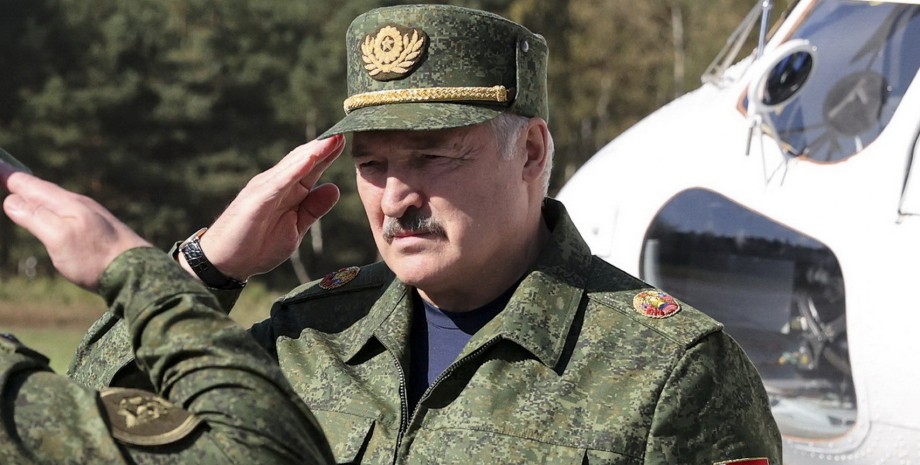


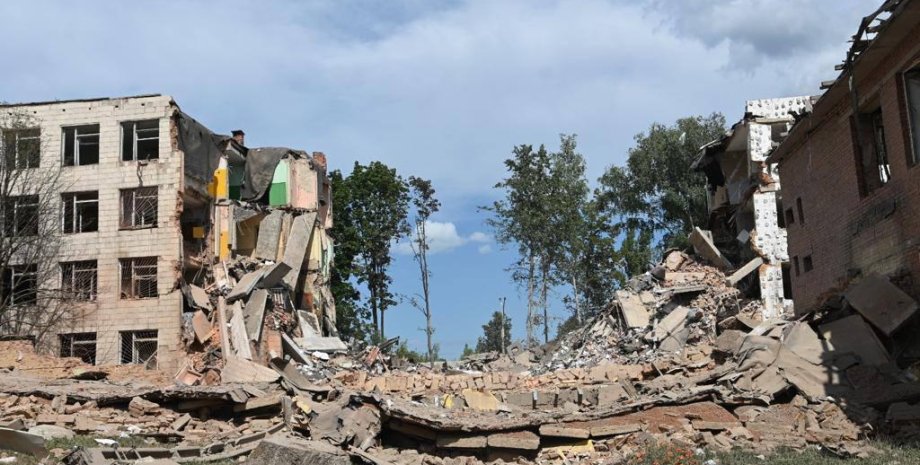
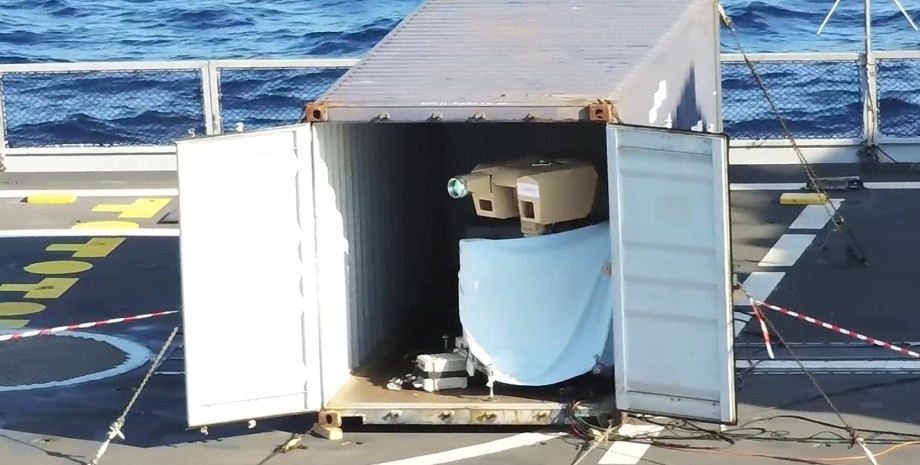
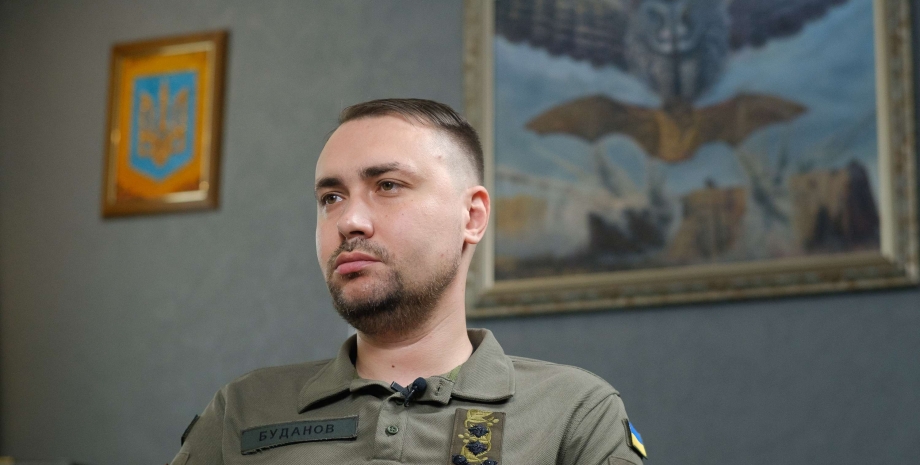
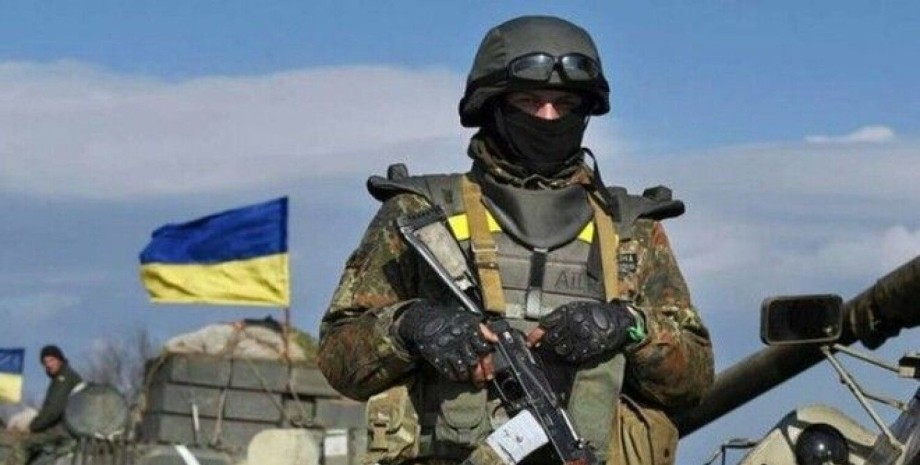
All rights reserved IN-Ukraine.info - 2022